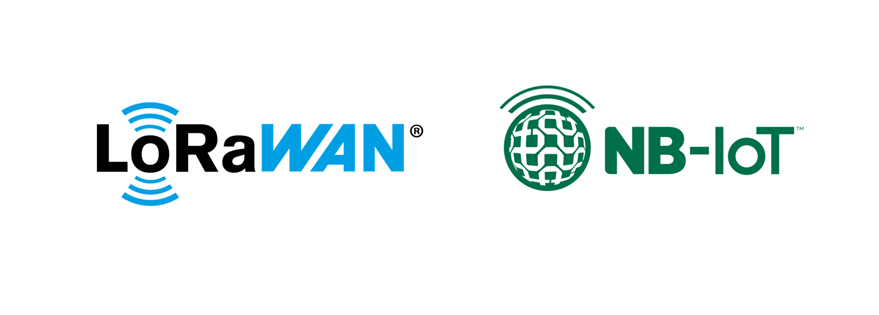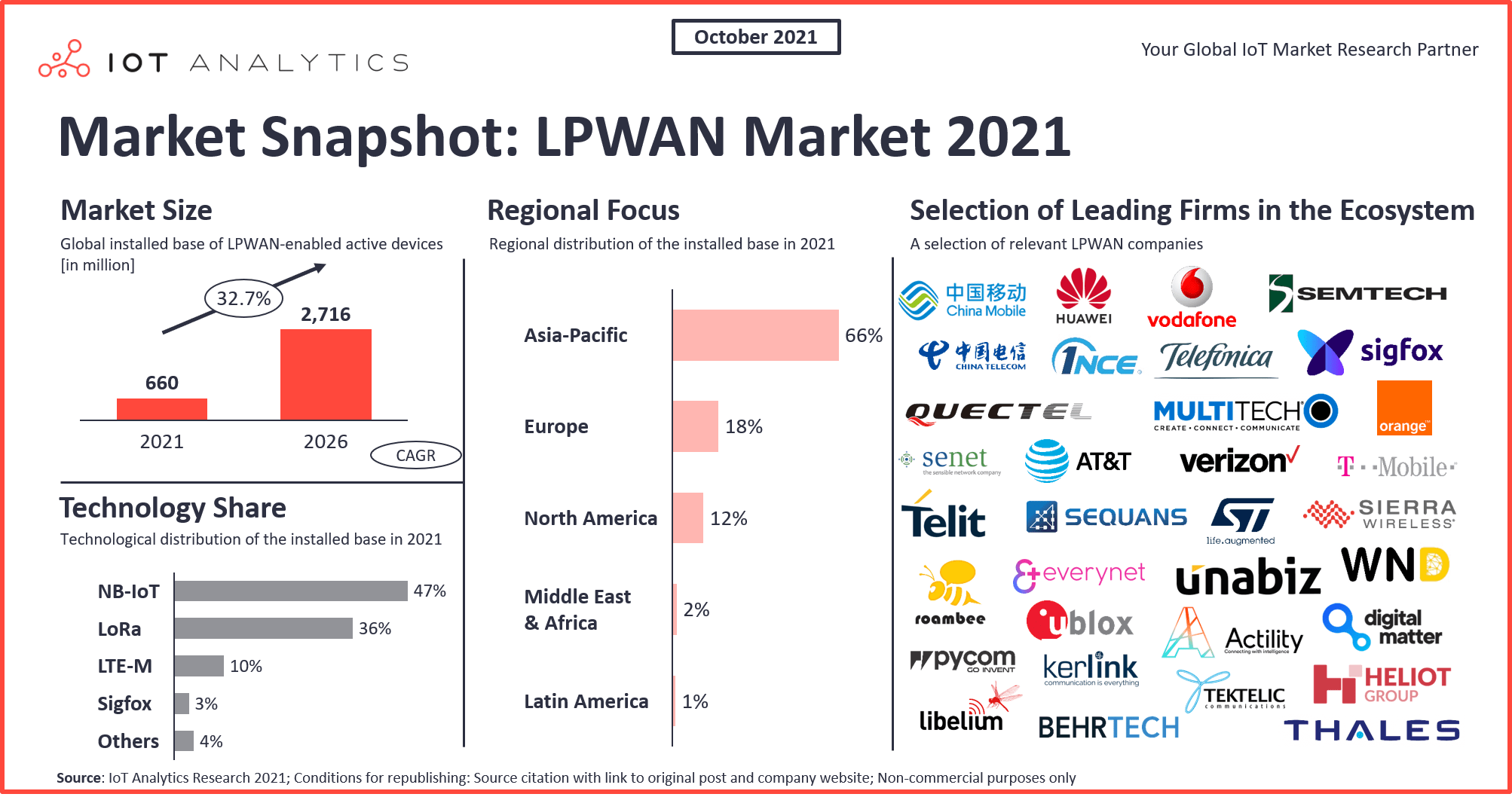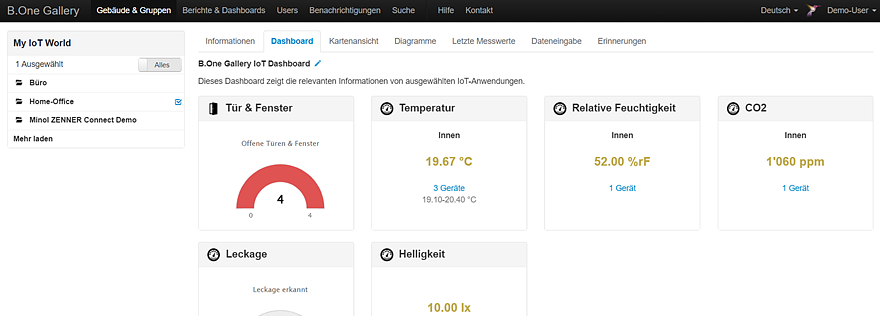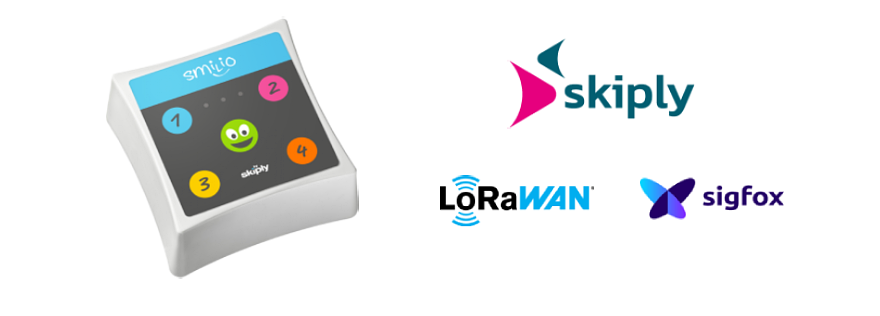LoRaWAN® vs. NB-IoT – A first Overview and Comparison

If you have already dealt with the Internet of Things, you have probably come across the two terms LoRaWAN® and NB-IoT. But you are still wondering what the difference is and what are the advantages and disadvantages of each of the two technologies? In this and subsequent articles, I would like to answer this question and shed some light on it.
LoRaWAN® and NB-IoT standards belong to a larger group of technologies known as LPWAN (Low Power Wide Area Network). According to Statista, LoRaWAN® and NB-IoT are expected to account for around 85.5 percent of all LPWAN connectivity by 2023 (see https://www.statista.com/statistics/1244778/lpwa-market-share-by-technology/). In addition, there are countless other LPWAN technologies at different levels of maturity, such as MIOTY.
What is the difference between LoRaWAN® and NB-IoT?
LoRaWAN® is an IoT network protocol offered by the LoRa Alliance® that uses unlicensed spectrum and allows almost anyone to set up their own networks at low cost.
LoRaWAN® is designed to provide long distance communication between widely deployed sensors and a LoRaWAN® Gateway that can be deployed 15-20 km away, using a bandwidth of 0.3 KBps to 50 Kbps depending on environmental conditions.
Alternatively, NB-IoT or Narrowband IoT is a licensed IoT protocol of the 3GPP standard organization. It uses a licensed radio frequency (RF) spectrum, which makes it available only over a cellular operator’s network. The main goal of the NB-IoT standard is to improve indoor coverage and to support a large number of low-throughput devices. This means that NB-IoT and its network architecture are better optimized for applications like wearables and smart buildings.
Probably the biggest difference, however, is the degree of freedom for the user. Whereas with LoRaWAN® the user can decide for himself whether to use a public LoRaWAN® in his region or to set up his own LoRaWAN®, NB-IoT requires one of the classic mobile phone providers such as Telefonica or Orange. Since NB-IoT works in the licensed LTE spectrum, you as a user cannot set up and operate your own network here. In the following table, I have compared what I consider to be the most important (technical) main differences between the two technologies:
LoRaWAN® | NB-IoT | |
|---|---|---|
Modulation | Chirp Spread Spectrum | Quadratur-Phasenumtastungsmodulation |
Frequenz | 868 MHz in Europa, 915 MHz in Nordamerika, 433 MHz in Asien (nicht lizenzierte ISM-Bänder) | lizenzierte LTE-Frequenzbänder |
Bandbreite | 250KHz und 125KHz | 200 kHz |
Maximale Nachrichten/Tag | Theoretisch unbegrenzt, abhängig von verfügbarem Duty Cycle | Theoretisch unbegrenzt |
Maximale Datenrate | 50 Kbps | 200 Kbps |
Maximale Payload-Länge | 243 Bytes | 1600 Bytes |
Reichweite | 5 km im städtischen, 20 km im ländlichen Bereich (stark von Umgebung und Standort des Gateways abhängig) | 1 km im städtischen, 10 km im ländlichen Bereich |
Störfestigkeit | sehr hoch | gering |
Authentifizierung und Verschlüsselung | AES 128b | LTE-Verschlüsselungstechnik 256-Bit-3GPP |
Main focus of LPWAN: Energy Consumption
Both LoRaWAN® and NB-IoT end devices are designed for lower power consumption. This is achieved by putting end devices in sleep mode when they are not in use. However, LoRaWAN® consumes less power than NB-IoT, making it a more viable solution that requires less maintenance at the end device. In addition, the lower power consumption makes LoRaWAN® a more cost-effective solution than NB-IoT.
Because it uses less power, LoRaWAN® also offers longer battery life (15+ years vs. 10+ years). LoRaWAN® is the first choice for companies that rely on ultra low energy IoT solutions. This is one of the main arguments why LoRaWAN® may be better suited than NB-IoT for some IoT applications such as manufacturing, mining or oil and gas deployment. Many industrial deployments can be located in hard-to-reach, remote locations and therefore need to function for many years without maintenance.
Security
NB-IoT uses a method based on 256-bit 3GPP encryption. LoRaWAN®, on the other hand, uses AES 128-bit encryption. Both standards are currently rated as very secure. Both standards also bring security methods against various network threats from outside.
Conclusion
The NB-IoT and LoRaWAN® standards currently dominate the Internet of Things. The network architectures of NB-IoT and LoRaWAN® were developed considering different applications, performance requirements and security requirements. For industrial deployments, a network built on LoRaWAN® is a more cost-effective option because there is no need to lease RF spectrum from network operators and because LoRaWAN® can be used to find many novel technologies that extend sensor battery life. Depending on your requirements, however, you should ultimately evaluate both solutions and compare them with your options. In another article I will go into a little more about the advantages in practice.
I look forward to an exchange on this topic, so feel free to leave any questions or suggestions in the comments 🙂






Responses